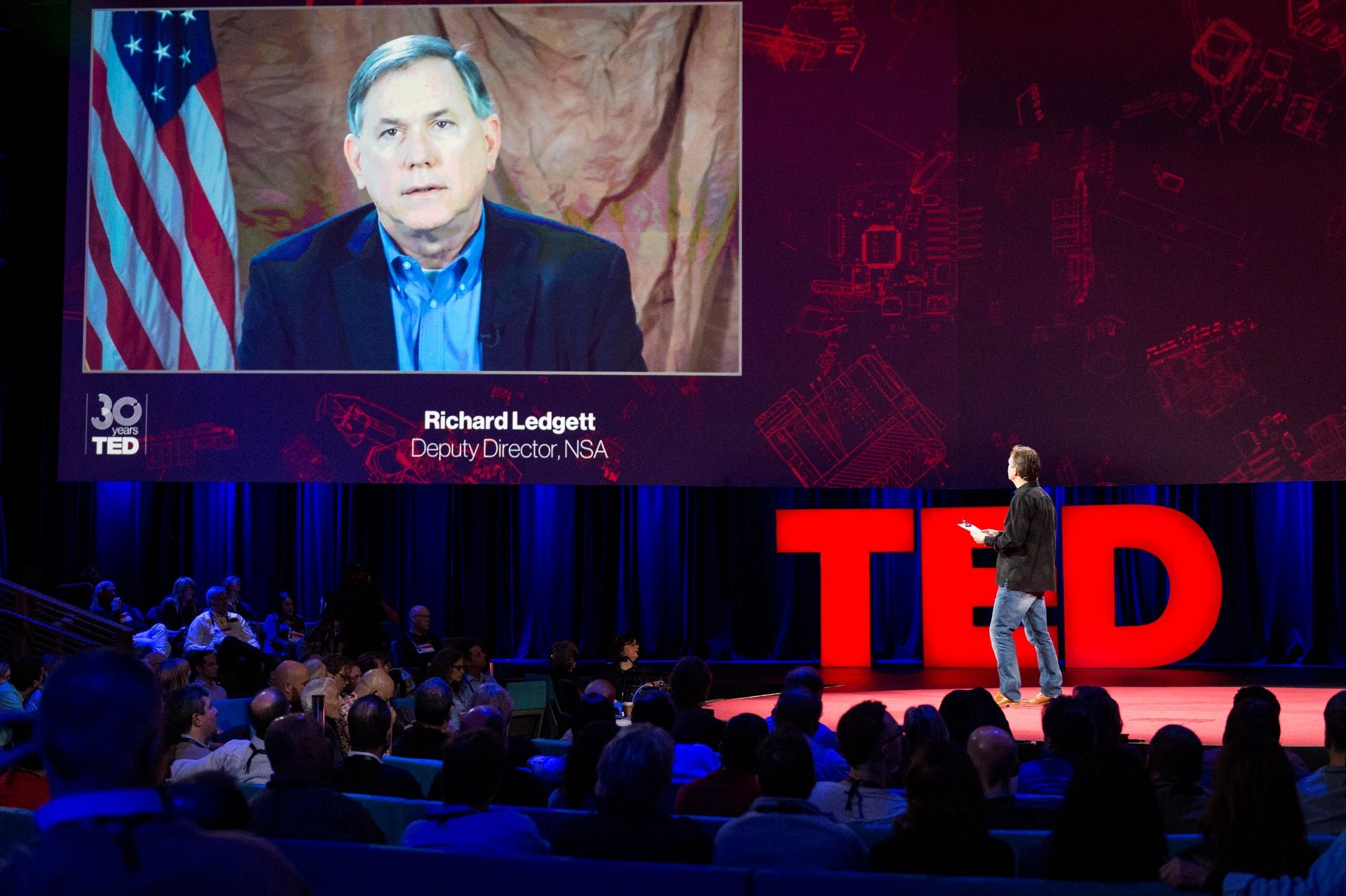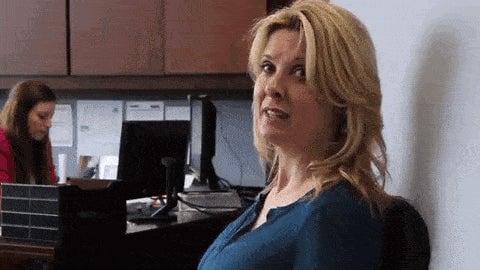A simple design rule makes you look more authoritative on video calls
Much has been said about Marion, the bouncy four-year old butterball who interrupted her father’s Skype interview, creating the viral sensation “BBC Dad.”


Much has been said about Marion, the bouncy four-year old butterball who interrupted her father’s Skype interview, creating the viral sensation “BBC Dad.”
“My real life punched through the fake cover I had created for television,” said her dad Robert E. Kelly in a March 15 press conference at Pusan National University, where he’s a professor of political science. ”There are I am in a suit, delivering my talking points and then suddenly reality burst through,” he explained, gesturing to the bespectacled toddler squirming next to him.
Telecommuters can relate to Kelly’s blooper, even those without young children. The truth is that every video conference or Facetime call comes with risk: Any errant sound (dogs barking, a car siren, a toilet flushing) or extra visual (a scandalous poster, your pet, a house plant) can ruin the veneer of professionalism.
In Kelly’s case, there were already too many distractions in the frame before his family showed up: A poorly-hung wall map, a bookshelf in disarray, the mess of papers and pocketbooks around him, and his chair’s floppy, poorly-upholstered headrest were doing little to bolster the political expert’s credibility.
Work-at-home professionals could stand to worry less about how their face or kids look on camera, and more about how background clutter erodes their authority to begin with. There’s a reason news anchors and politicians speak against a sparse, distraction-free background on televised broadcasts, and government officials tend to give addresses in front of a flat wall with a simple flag or a official seal.
Using a clean, flat background follows one of the basic rules of visual composition: Simplification. Through a vigorous editing of unnecessary elements and shapes, simplification allows the subject—in this case the speaker—to be the focus of attention. “Our life is frittered away by detail… simplify, simplify,” wrote Henry David Thoreau.
Photographers simplify by blurring the background or cropping elements in their frame. Graphic designers use empty space (white space) to direct the reader’s attention. Amor vacui (the love of empty space) is a term used to describe an aesthetic philosophy of erasing surface ornament and decoration to bolster the work’s single idea or an object’s shape.

This principle eluded NSA deputy director Richard Ledgett’s staff in 2014, when they propped him for a live feed to a TED conference. Responding to Edward Snowden (who wisely spoke in front of a plain black background projected on a “telepresence bot”) Ledgett’s arguments were lost as many viewers fixated on the saggy, skin-colored drape behind him.
With telecommuting on the rise, several companies have come up with solutions to help workers literally put a wall between their home and professional lives. Drapper Inc., an Indiana-based window shade manufacturer, for example, sells a range of video conferencing backgrounds. The customizable pop-up banner pulls behind the caller, instantly neutralizing their background—a godsend for harried parents and clutterbugs.

For travelers, WebAround offers a portable background-clearing solution with goofy-looking but effective screens that slip into any office chair. The plain screen snuffs out all the background visual noise.
When it comes to video conferencing, the idea of using flat backgrounds may sound terribly boring, and that’s the point. Participants should be focusing on the agenda instead of on the on-screen action.